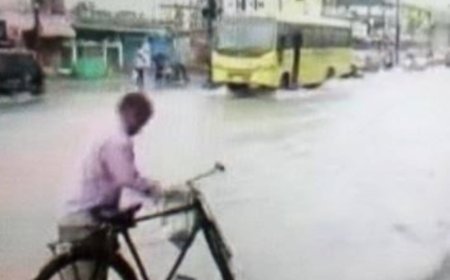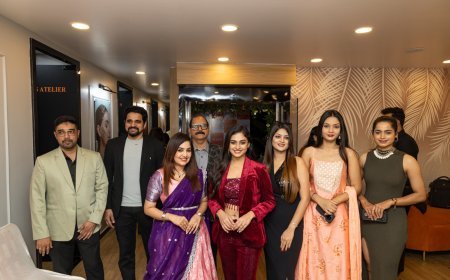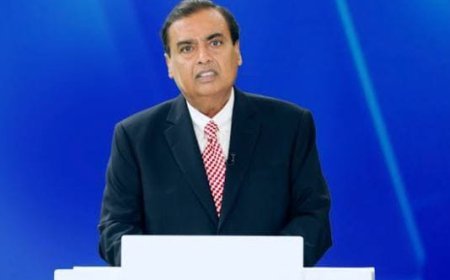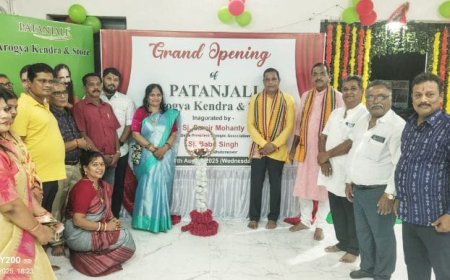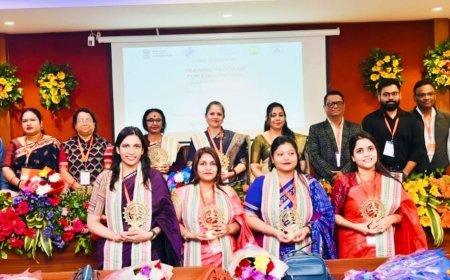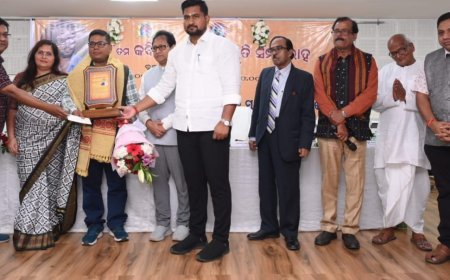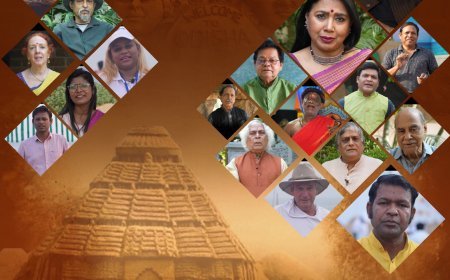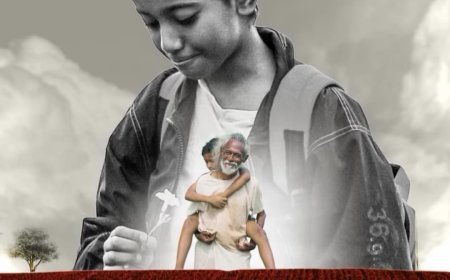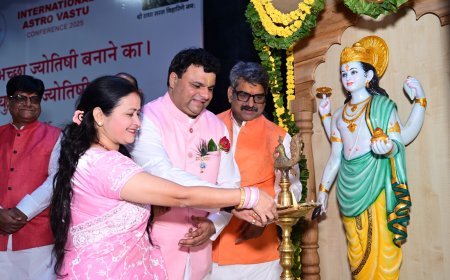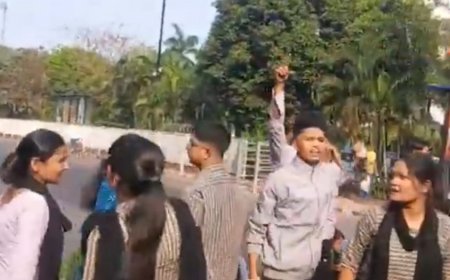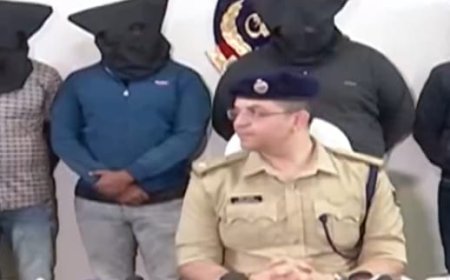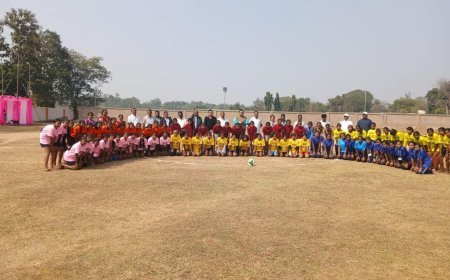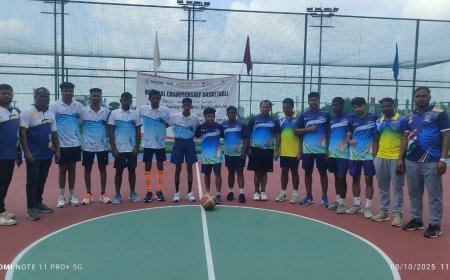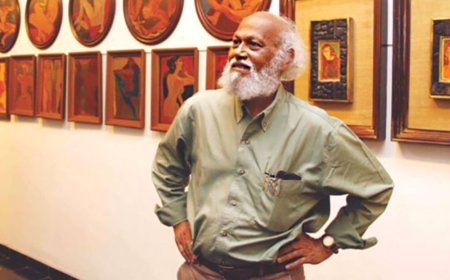*Right to Education: A Contrasting Reality*
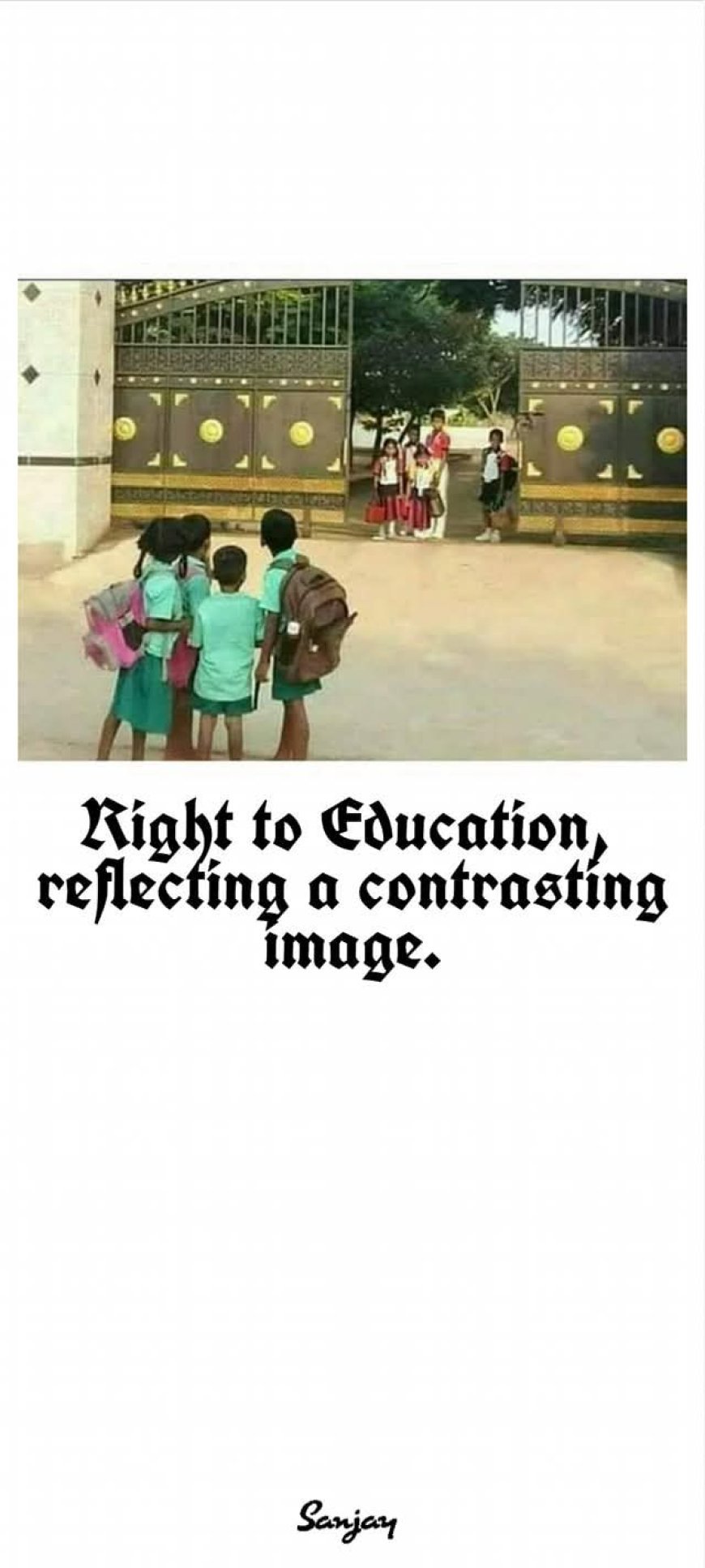
The image above paints a stark contrast in the realm of education, despite the legal and moral assurances of the Right to Education. On one side of the imposing school gate, a group of children in neatly pressed uniforms stand, seemingly ready to embrace a world of opportunity. On the other side, separated by an unyielding barrier, stand children dressed in simpler uniforms, gazing longingly at the same institution that promises education for all.
This visual contrast highlights the socio-economic divide that continues to plague our education system. While the Right to Education (RTE) Act in India guarantees free and compulsory education for children aged 6 to 14, the reality often tells a different story. Access to quality education remains a privilege for those who can afford it, while the underprivileged struggle with inadequate facilities, lack of resources, and systemic neglect.
The image resonates deeply because it reflects an everyday reality—one where financial disparities dictate the quality of education a child receives. Private institutions, often with superior infrastructure, skilled educators, and better learning environments, remain inaccessible to children from economically weaker backgrounds. Meanwhile, government schools, though intended to bridge this gap, often face challenges such as poor infrastructure, lack of teachers, and outdated curricula.
*Bridging the Divide*
Ensuring true equality in education requires more than just policies on paper. It demands:
1. *Strengthening Public Education –* Government schools must be equipped with modern facilities, trained teachers, and engaging learning methods to match private institutions.
2. *Enforcing RTE Act Provisions –* While private schools are mandated to reserve 25% of their seats for children from disadvantaged backgrounds, implementation and awareness remain weak.
3. *Community Involvement –* NGOs, corporate social responsibility initiatives, and local communities must step in to support education through scholarships, mentorship programs, and infrastructure improvements.
4. *Changing Societal Mindset –* The perception that expensive education equates to quality must be challenged. Education should focus on learning outcomes rather than the brand of the institution.
The image serves as a powerful reminder that education, the most potent tool for societal transformation, should not be a privilege dictated by financial status. Instead, it should be a fundamental right accessible to every child, regardless of economic background. Until the gates of knowledge open equally for all, the vision of an educated and empowered society remains incomplete.
Sanjay Pattnayak Sundargarh

